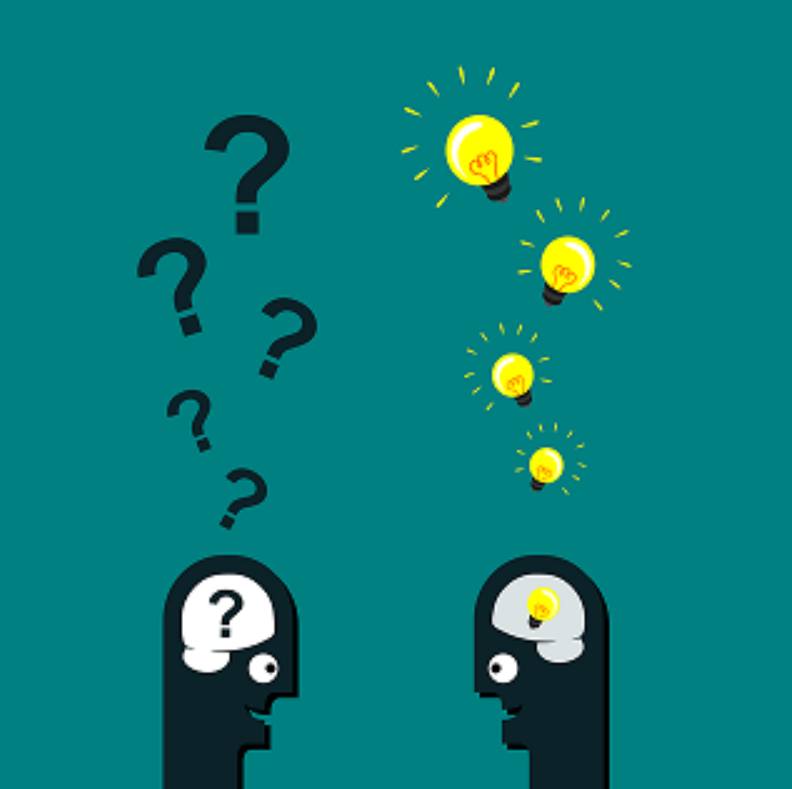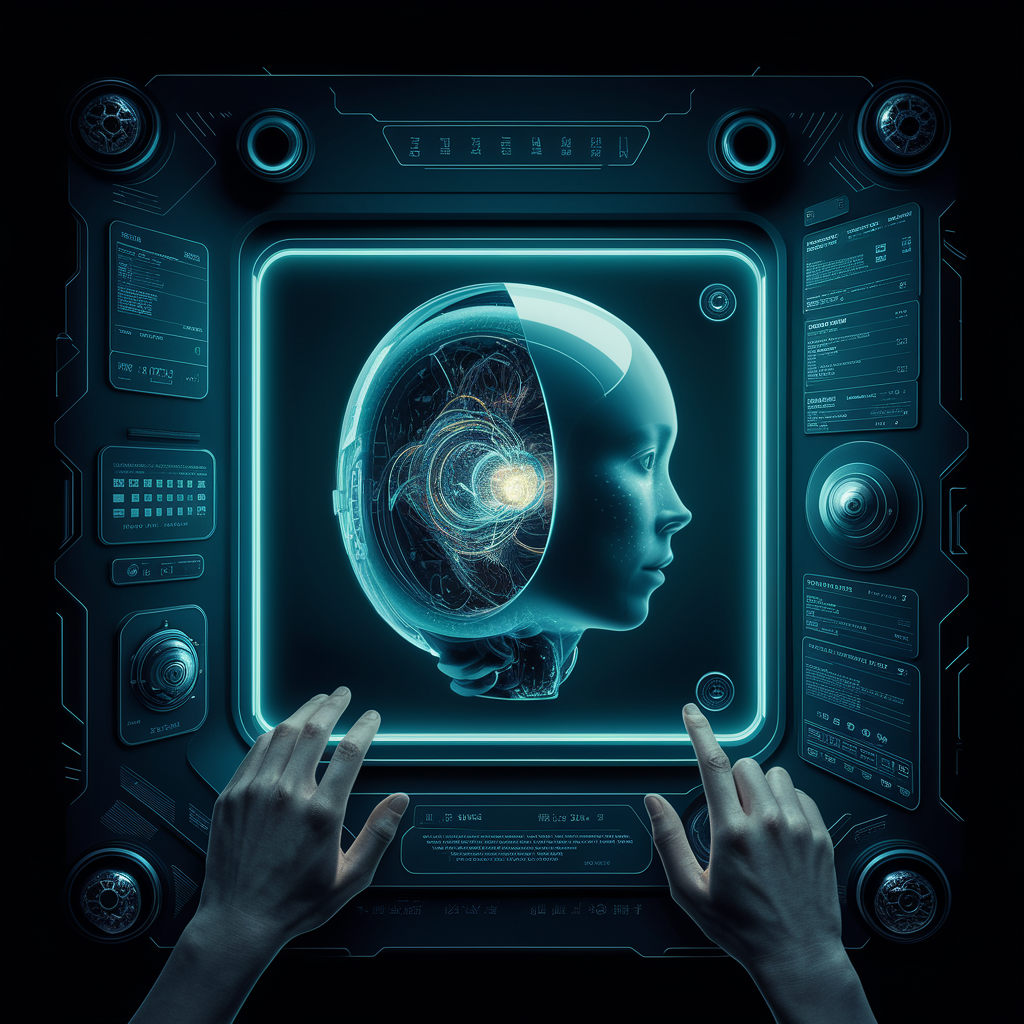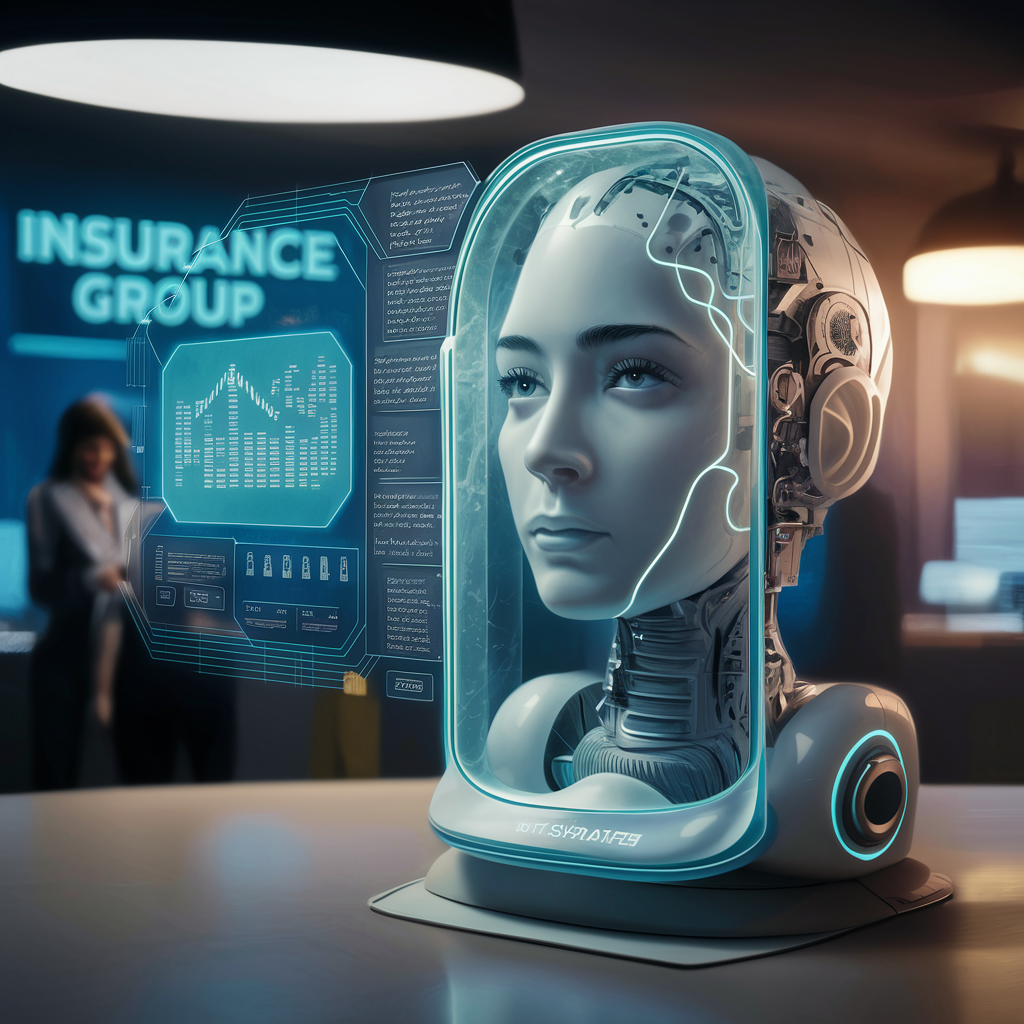Many of our customers contact us with an idea: “We want a chatbot to automate recurring customer service requests”, “We think a chatbot could boost our site’s conversion rate”, …
How do you transform this intuition, which is often correct, into a solid, profitable project?
Elements to be validated upstream
When designing a chatbot project, you first need to determine the classic elements of a project:
Macro goals
KPIs to track to determine project success
Roadmap
Specifications
Then there are some elements specific to the bot project:
What perimeter can we cover with V1 of the chatbot?
What kind of conversational experience do you want to create?
How to welcome users?
How do you deal with moments of incomprehension?
What pitfalls could arise during the integration process?
All these elements must be fixed before construction begins.
Our method
At Spellz, we’ve developed a method that we apply to all our customer projects: the Starter.
It’s a series of 3 workshops guided by two experts to help any team design a chatbot project.
1 – 💡 Creativity
This workshop is dedicated to outlining the project: objectives, KPIs, conversational experience and scenarios to be automated.
2 – 📐 Architecture
Operational teams get together to define the chatbot’s tree structure and conversation scenarios.
3 – 🤖 Demo
We present the results of the two workshops, the project specifications and a demo version of the chatbot to give an idea of the final result.
During these 3 workshops, we encourage our customers to bring together a team of eclectic profiles (marketing, customer service, developers…) to include all stakeholders in drawing up the specifications.
We use several design thinking tools to bring out the collective intelligence and design a project that suits everyone, because each team has its own priorities and constraints.
What emerged from the workshops
At the end of the workshops, the project is framed.
💬 The conversational experience to be built is validated
🤖 V1 level is set
🗓️ The technical roadmap is aligned with the project roadmap
✅ The specifications are agreed with all stakeholders.
In the final workshop, we finally present an “empty shell” demo of the chatbot, to give a glimpse of the final chatbot.
At the end of the starter, all the preliminary questions have been answered and the construction can begin!



